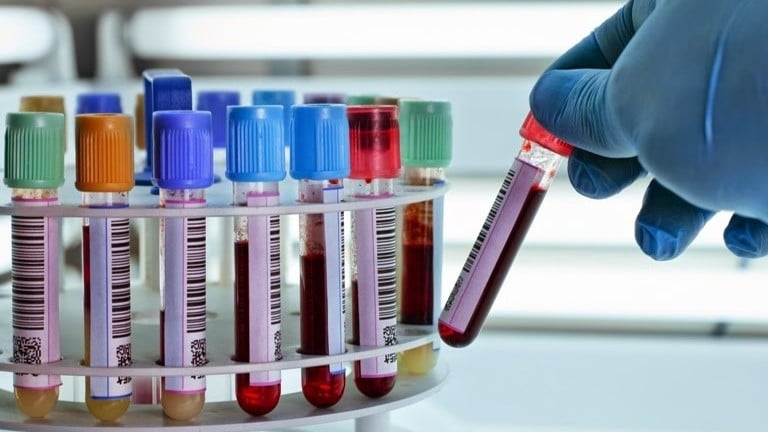
Brain scan to find the cause of illness in 7 year old boy
A month ago, a 7-year-old boy was diagnosed with measles and treated at a central hospital. During this time, he developed vomiting and abdominal pain. Test results showed a very high blood amylase index, while an abdominal ultrasound was normal.
The initial diagnosis was acute pancreatitis, treated with a special diet (hydrolyzed milk protein) and drugs to reduce gastric acid secretion. Symptoms of vomiting and abdominal pain quickly decreased, and the child was discharged from the hospital to continue taking medication at home.
However, two weeks later, when re-examined, the blood amylase did not decrease but increased sharply to over 2000 U/L, although the child had no abdominal pain at all. The child was transferred to the local hospital, continuing to treat acute pancreatitis: complete fasting, intravenous nutrition and use of drugs to reduce gastric acid secretion.
Nearly 3 weeks passed, the amylase index in the blood continued to increase. Worried and frustrated, the family took the child to the Pediatric Center, Bach Mai Hospital.
Receiving the child patient, Dr. Mai Thanh Cong and his colleagues at the Pediatric Center were very surprised. Initial test results at Bach Mai Hospital showed: Blood amylase was very high, 27 times higher than the normal threshold; Blood lipase was completely normal. This is an important sign because in true acute pancreatitis, both of these indicators often increase in parallel.
Doctor Mai Thanh Cong also diagnosed that acute pancreatitis was not ruled out, but it was necessary to find the cause of the abnormally high blood amylase level.
Amylase is a digestive enzyme produced not only in the pancreas but also in the salivary glands. However, a careful examination of the baby's salivary gland system did not reveal any abnormalities. Doctors delved deeper into the metabolic mechanism and found that amylase in the blood is eliminated mainly through the kidneys (25%) and the reticuloendothelial system (75%).
Kidney function tests are all within normal limits, indicating that the kidneys are filtering well. Doctors think that the amylase in the child's blood is too large to be filtered through the kidneys. This condition is called macroamylasemia.
Macroamylasemia is a rare, benign condition (affecting only about 1% of the population). In this condition, amylase in the blood does not exist in its normal single form, but combines with another protein (usually immunoglobulin) to form a "super giant" complex (macroamylase).
This huge size makes them unable to filter through the glomerular membrane, leading to accumulation in the blood and causing persistent hyperamylase in the blood, while urinary amylase is completely normal or low because it is not excreted.
The team of doctors and the laboratory of Bach Mai Hospital coordinated to perform the necessary tests and showed that the child's ACCR result was only 0.05%. This is an extremely low number, firmly confirming the diagnosis of macroamylasemia.
Doctors immediately stopped unnecessary treatments such as fasting and expensive intravenous nutrition and switched to appropriate treatment.
Macroamylasemia is a rare cause
Doctor Cong recommends that when blood tests show high amylase levels, especially in children, parents should not panic and immediately think of severe pancreatitis if their child does not have a stomachache.
Macroamylasemia is a rare but important cause to consider as a benign condition that does not require specific treatment. Correct diagnosis helps avoid unnecessary, costly and stressful medical interventions for the child and family.
Families should calmly take their children to reputable medical facilities for a comprehensive assessment, to find the right cause, and to avoid unnecessary treatment. Macroamylasemia is rare, but it is a diagnosis that should be considered, helping to 'clear the name' of the pancreas and bring peace of mind to the family.
Associate Professor, Dr. Dao Xuan Co, Director of Bach Mai Hospital, affirmed that this success deeply reflects the hospital's strategic orientation. Accurately identifying this rare cause has helped the child avoid unnecessary interventions, reduce the economic burden on the family and, most importantly, ensure health safety.
Source: https://nhandan.vn/hanh-trinh-tim-nguyen-nhan-gay-benh-cho-be-trai-bi-chan-doan-nham-mac-viem-tuy-cap-post897775.html





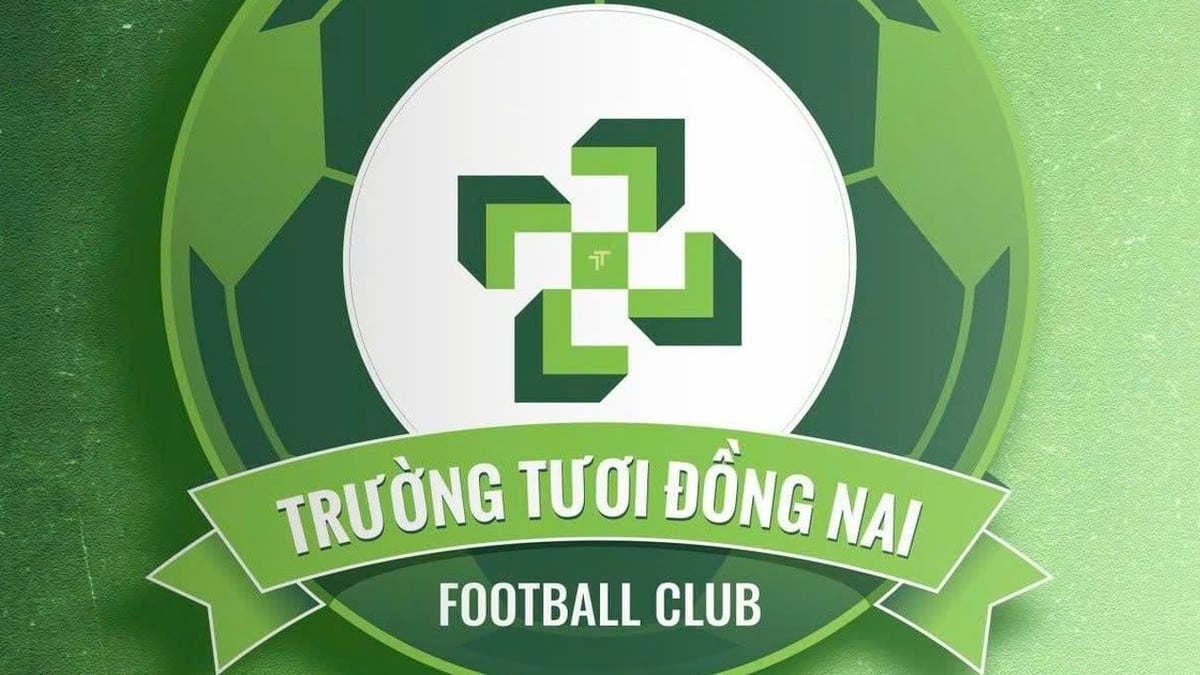

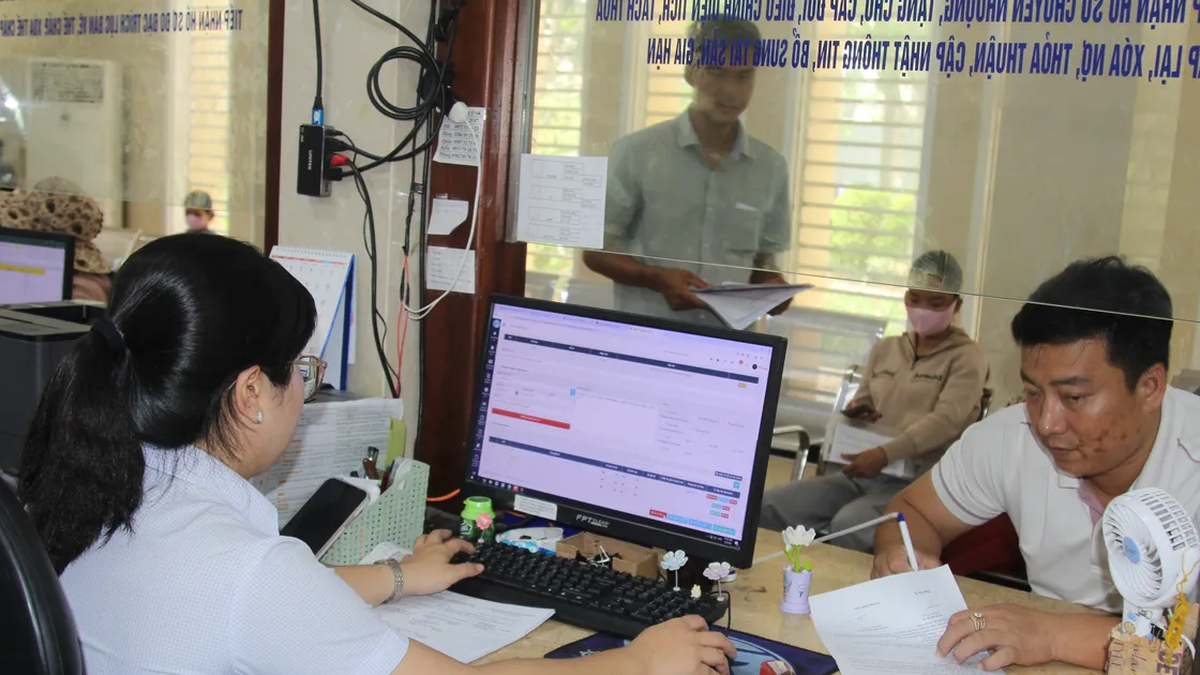



























































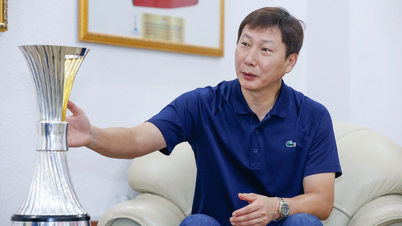

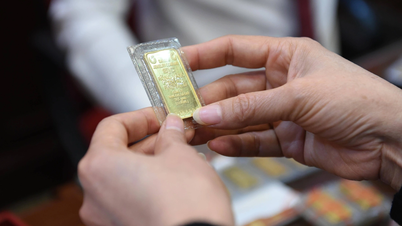

































Comment (0)